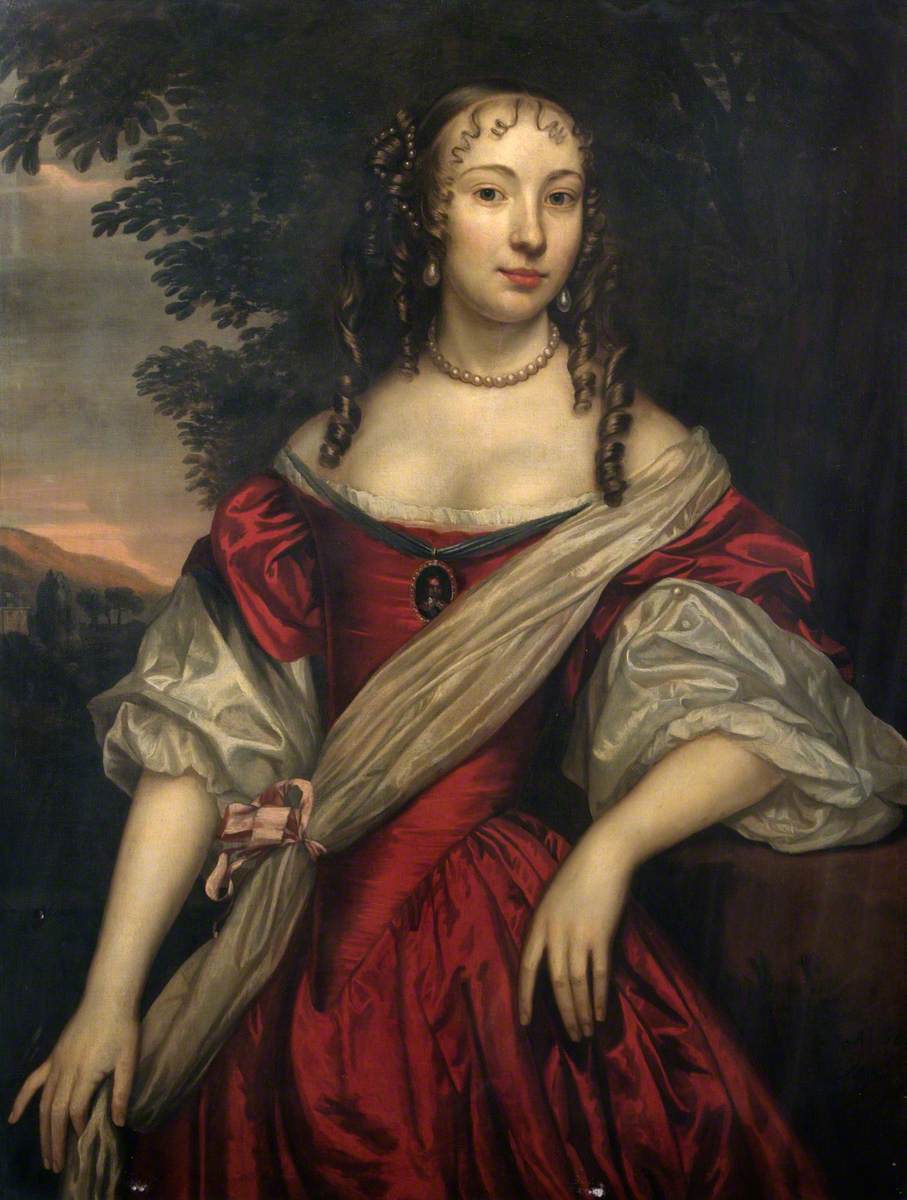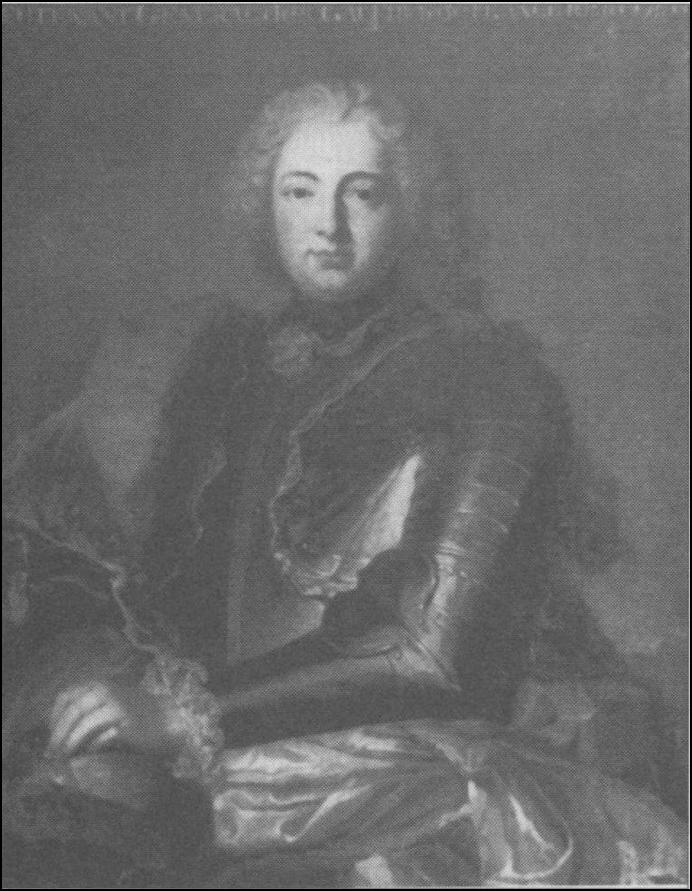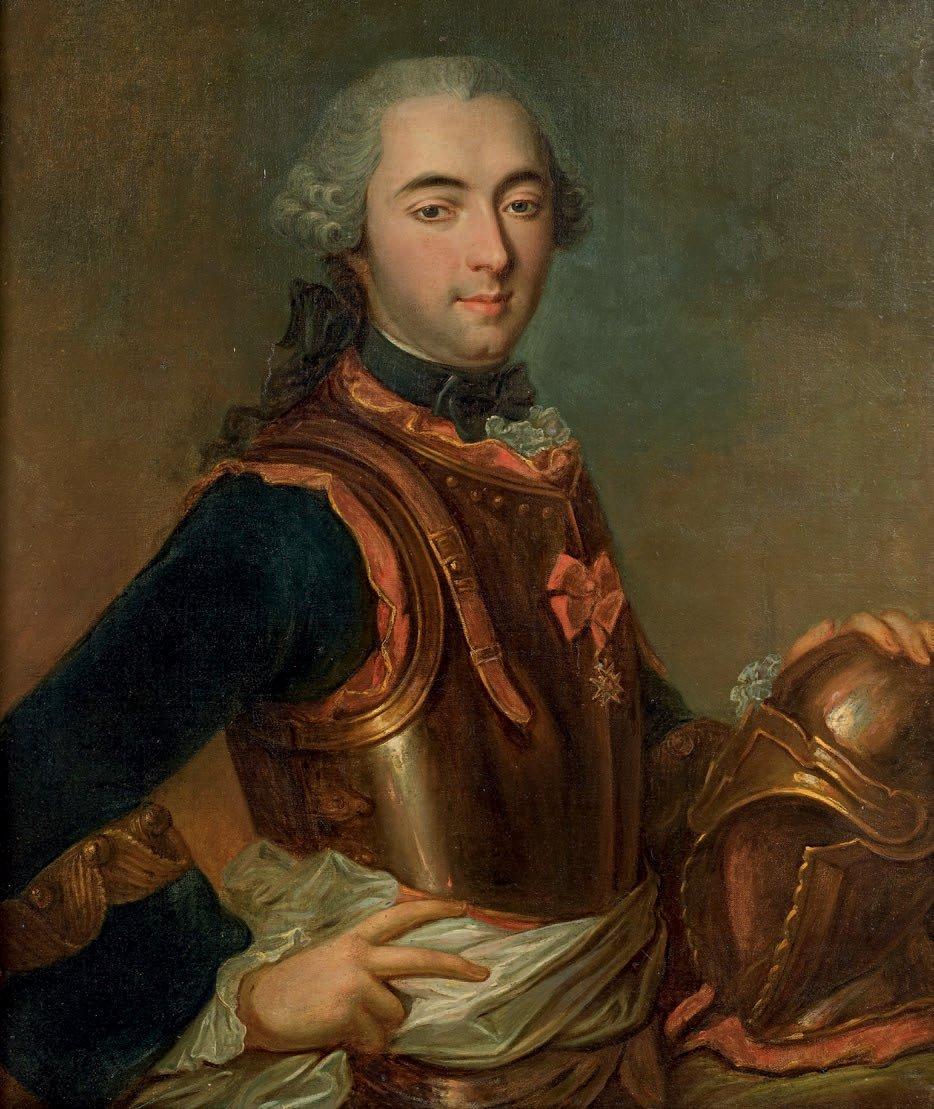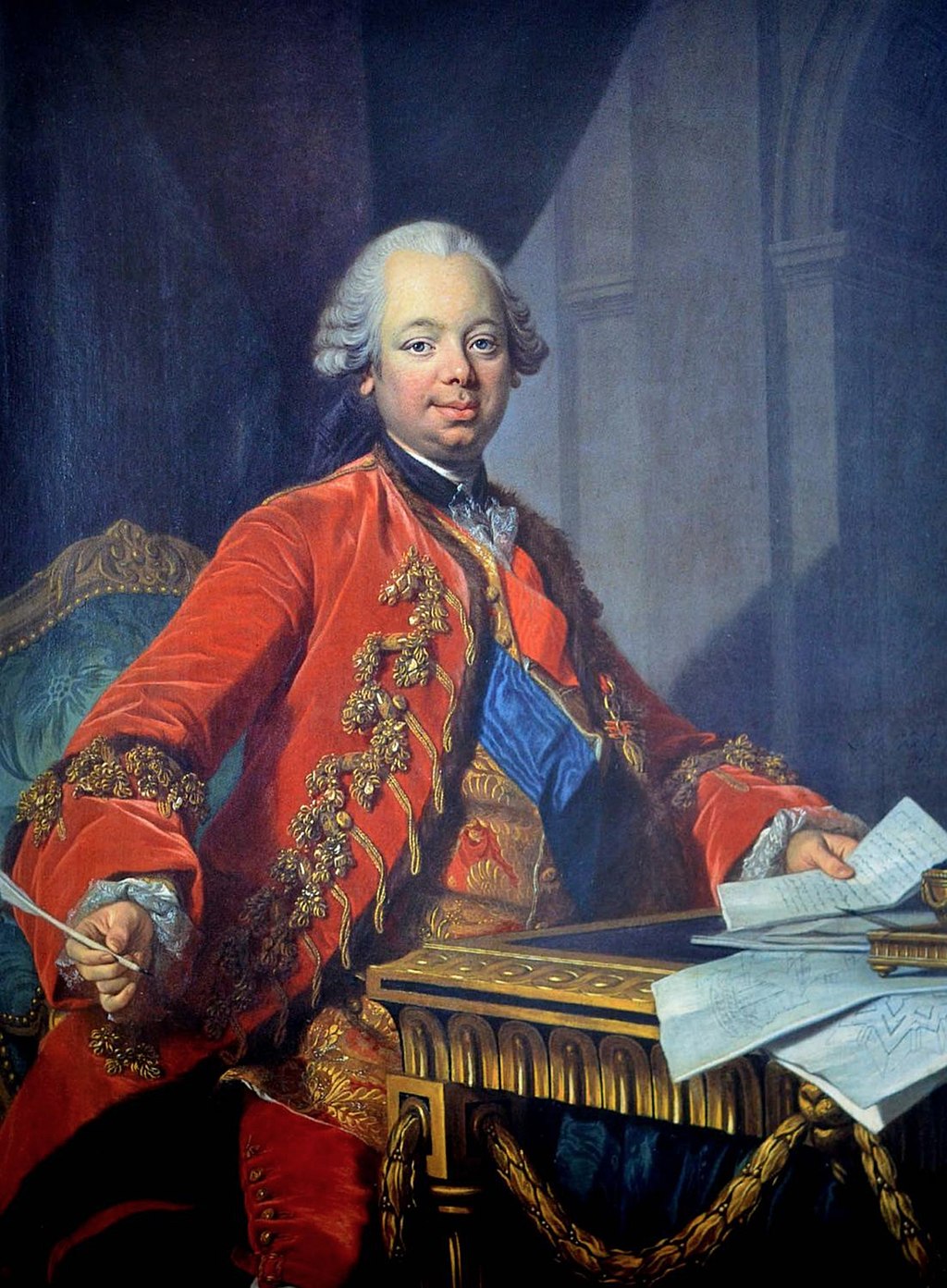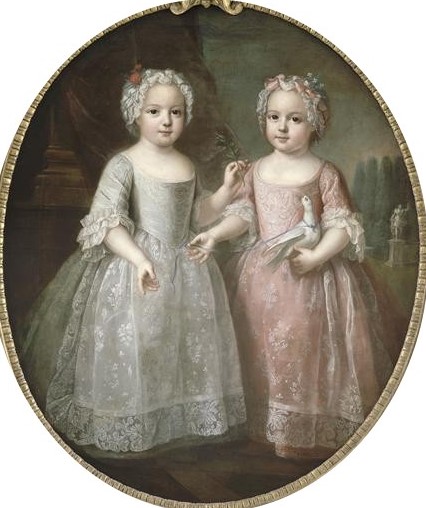By the time Jeanne Bécu made her way into the inner apartments of Versailles, fashions had changed considerably from the start of her royal lover's reign. Gone were the heavy damask fabrics and heavy brocade; instead, ladies had embraced the pastel silks of the rococo. As Louis XV's reign came towards its end these fashions became increasingly expensive - both due to general inflation and to the sheer amount of fashionable accessories needed to keep up appearances.
One particular lady who definitely needed to do just that was the newly-minted Comtesse du Barry. Born as a commoner - and having worked for a while as a high-end prostitute - Madame du Barry had a definite fondness for all things luxurious. Remarkably, most of her accounts from both during and after her time at Versailles has survived the revolution; this gives us an incredible insight into her personal style and the heavy price tags associated with it.
Over the years, she would order heavily from a wide variety of Parisian milliners including Prospre Le Duc, La Pagelle, Le Barbier, Buffaut Lenormand, Sighy - and Madame Bertin. It should be noted that not everything bought by the royal favourite was new. Oftentimes, she would order individual pieces of clothing or fabrics to be incorporated into her existing wardrobe. For instance, in April 1773, she had 6 different orders of 18 aunes of taffeta delivered to Versailles by Prospre Le Duc - this particular purchase cost her 1.046 livres.
 |
| The fine, striped gauze has been perfectly captured by Drouais along with two of her favourite colours: white and pink |
Likewise, La Pagelle was primarily hired by Madame du Barry to perform alterations or repairs to dresses, fichus, chemises etc. She also employed a personal embroiderer by the name of Davaux who specialised in working on either white or pastel-coloured silks.
Before embarking on the career that would eventually land her in the king's bed, she had herself been employed by Monsieur Labille in a milliner's shop. As such, she was far from a newcomer to the world of fashion which seems to have been an area of genuine interest to her. One can only imagine her boxing up the elaborate concoctions for the fine ladies of Paris, hardly imagining that she herself would one day be on the receiving end of the delivery.
Considering that her position as royal mistress meant that most of her power was derived from activities behind closed doors, it is hardly surprising to find that she spent prodigiously on intimate items. Her chemises were of the finest linens and most of her lace - whether on her fichus, engageantes, flannels etc - was of Argentan lace. This particular type of lace was produced in Normandy and was renowned for its incredibly intricate design. She would occasionally swap out her Argentan lace for English lace which was no less costly.
Even her chemises were adorned with various types of decorations - in 1770 alone, she purchased 18 different types to attach to what was considered the most intimate piece of clothing.
 |
| Although invented by her rival, Marie Antoinette, Madame du Barry embraced the chemise à la Reine - and especially the elaborate straw hats |
When it came to colours, Madame du Barry favoured white, pink and blue - a particular favourite appears to have been white combined with embroidery and/or a type of sequin. Luckily for her, the colours in fashion happened to be the very ones that suited her the best: pale blues and lilacs, in particular, were excellent for highlighting her infamously seductive eyes. As for fabrics, Jeanne preferred the very best available; most of her purchases are specified as having been for fabrics of "qualité superieur" or "premium quality". This would include a lot of taffeta, silks and satins, besides the aforementioned lace.
Naturally, such a penchant for goods of the highest quality came with a significant price tag. In 1772 alone, she appears to have spent 56.957 livres on a single account - and that is only what appears from her own account. It was far from unusual that her purchases would be placed on the king's account which makes it almost impossible to pinpoint a precise total. In fact, this number seems quite low considering that she spent at least 18.104 livres in a single quarter in the previous year of 1771.
Furthermore, a good deal of the taffeta she ordered had to be imported. Her accounts show such transactions with merchants from Italy, The Netherlands and the United Kingdom. This, too, had its price.
It is little wonder that the royal favourite more often than not found herself in debt to her milliners. Even with the king picking up a large portion of her bills, the authors of her gowns could not be sure to receive payment for their services. When Rose Bertin eventually declared bankruptcy, unpaid bills from the then ci-devant maitresse-en-titre were amongst those in her registry.
Interestingly, Madame du Barry's personal taste can be seen in the designs she wore. Some of her accounts are most particular in describing exactly what type of gown she had bought. As a direct result hereof, we know that she owned - and likely wore - these dresses:
A large coat of blue taffeta with striped, English gauze in chenille brocade (42 livres by Rose Bertin)
A large taffeta coat with striped silk, possibly as a lining (42 livres by Rose Bertin)
A hat in the English style with a white cap, blue speckled ribbon of satin and a whole array of various adornments (72 livres by Rose Bertin)
A grand habit of white satin with rose garlands as well as gold and silver sequins which had been hand-embroidered onto the gown's hem (5840 livres by Propre Le Duc)
Another hat with Italian gauze with a border of tulle, polka-dotted background and gauze drapery embroidered with a tad of lace (78 livres)
A gown of white gouryourand sewn with small bouquets of sequins, two large "columns" forming a garland of silk and sequins in turquoise (3850 livres)
A gown of silver fabric strewn with bouquets of feathers and myrtle (unknown price)
A grand habit of white satin, garlands with roses (again), gold sequins, embroidery details in blue tones (3900 livres by Prospre Le Duc)
Two habits d'amazone: one of brown, Italian taffeta and one of white fabric
A bonnet with fine, Alençon lace in double layer (180 livres)
A grand robe en chemise of striped, English gauze/tulle with lilac details (360 livres)
A gown of white gouryourand, embroidered with gold sequins and small garlands of pompons in pink and green silk (3260 livres)
Two English habits
As a mistress, Madame du Barry was often portrayed in deshabillé. While she was especially beautiful in this type of undress it is a shame that there are virtually no portraits of her in her more elaborate court gowns - instead, most - if not all - portraits show her either in a chemise à la Reine or in a similar state of undress.
Madame du Barry followed the contemporary styles quite like most other ladies at court. As such, she favoured the emerging English style of dress and the increasingly expensive straw hats concocted by Rose Bertin. It says something about her slavish adherence to fashion that she readily adopted the simplistic chemise à la Reine which had been invented by her arch-rival: Marie Antoinette.
Jeanne's taste for fine clothing did not abate after the death of Louis XV. Between February 1778 to August 1779, she spent 11.438 livres at Madame Bertin's shop alone. One of her extravagant purchases of this period was an astonishing coat embroidered with blue gemstones (whether real or not is up for speculation), pearls and artificial, golden sheaves of wheat. This would cost her 2000 livres.
 |
| Madame du Barry in a chemise à la Reine - note the use of roses in her hair which perfectly matches both her sash and her complexion |
The idea of having her clothing embroidered with gemstones was far from a novel one. Madame du Barry had a true passion for them; diamonds, sapphires, rubies, emeralds - she would amass an impressive collection and delighted in showing them off through her clothing. Besides the coat mentioned above, she had been seen wearing bodices completely strewn with varying stones or belts with diamond-encrusted clasps. Naturally, such extravagant use of precious stones elicited comment from her contemporaries. Even those who were not outright against the favourite found the practice somewhat tacky - after all, was it truly necessary to wear such a prodigious amount of diamonds for normal soirée?
Amidst all the artificial finery, the Comtesse du Barry was fond of real roses. She would often incorporate them into her attire, whether woven into her hair or attached to her gown. The result was a fresh(-er) appearance and the scent cannot have been to her disadvantage either.
Overall, Madame du Barry was a woman of expensive taste. She knew that her natural beauty was best enhanced by soft, delicate hues and allowed her passion for gemstones and finery to dictate her private tastes.


